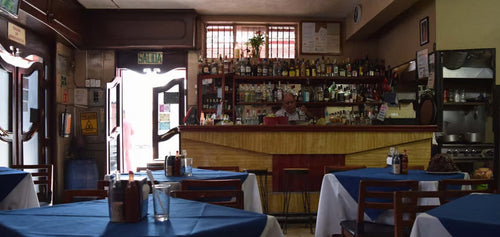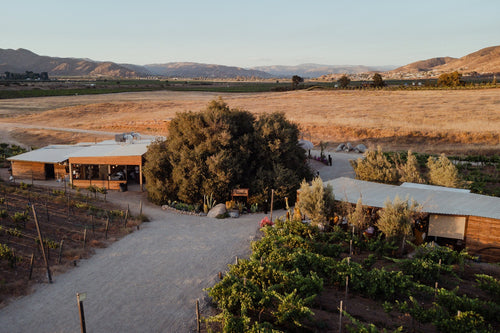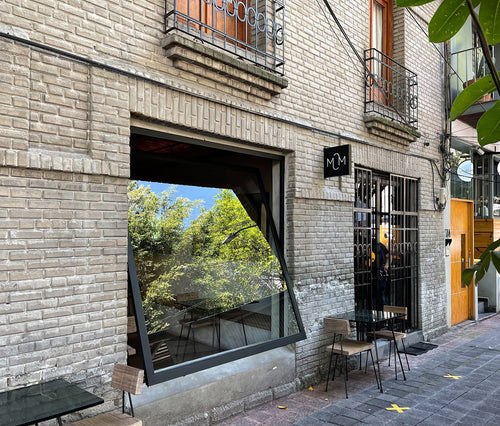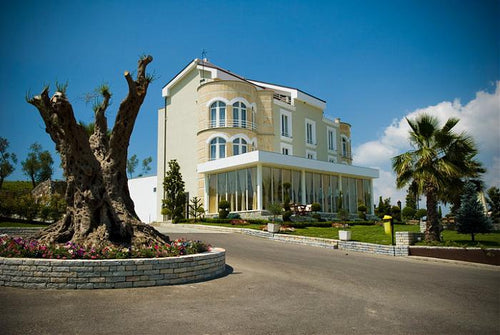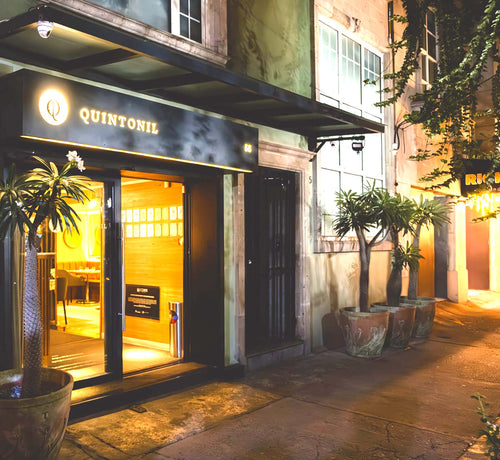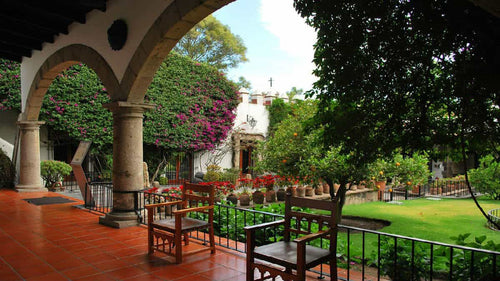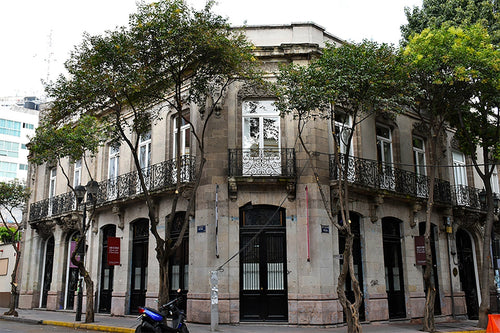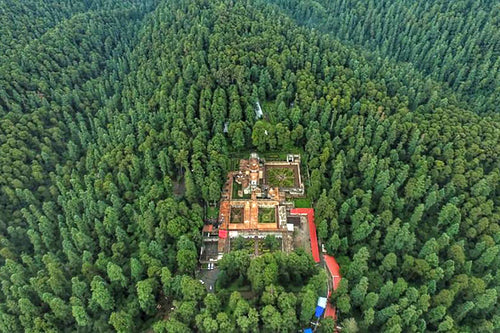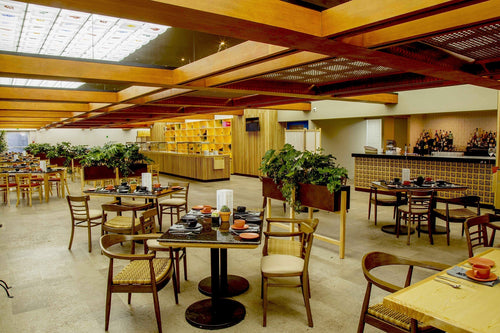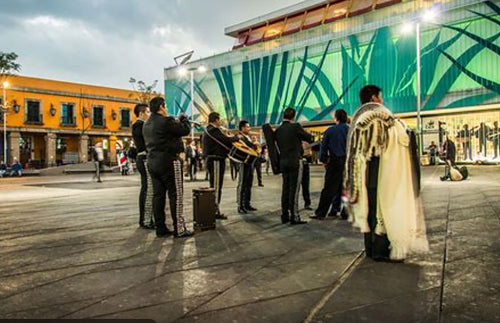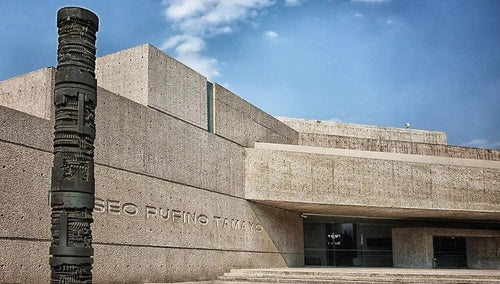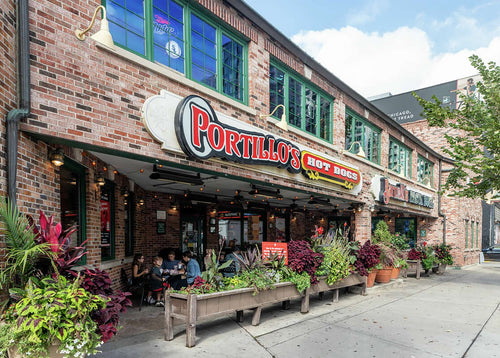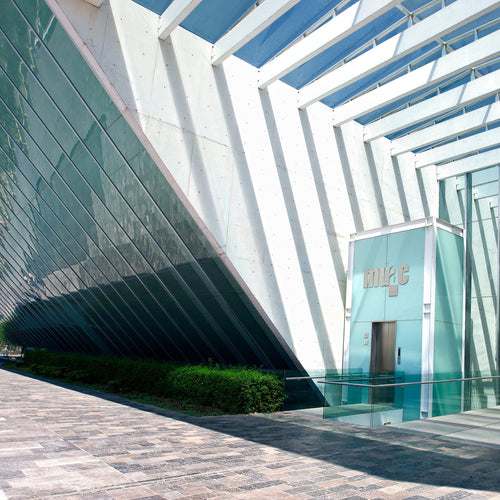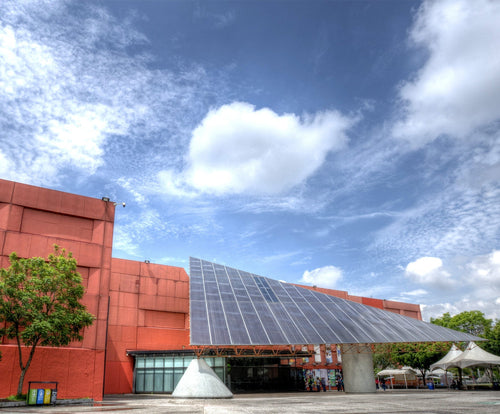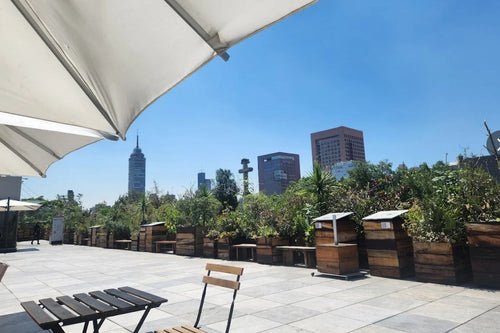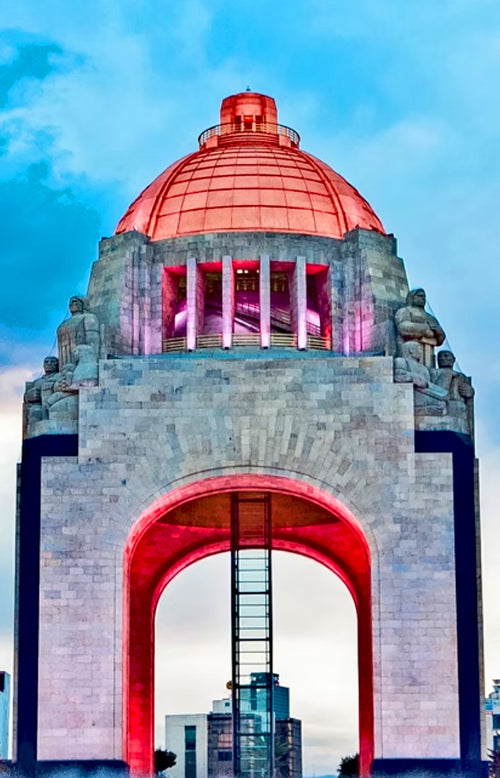Guide to Places That No Longer Exist / El Ranchero, Aguascalientes' Oldest Cantina
It is said that the cantina had a saying: "we will be those who are here... and those who are here will be." Today, El Ranchero is neither here nor present.
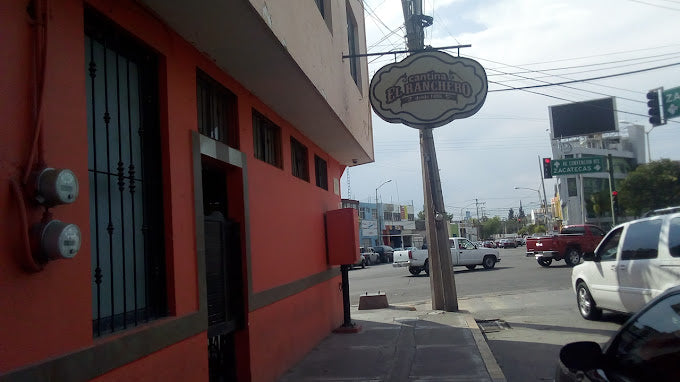
By: Jajo Crespo / Photos by Aguascalientes AYER Y HOY
On the internet, echoes of distant opinions from 2019 search results linger: "excellent service," "awesome," "great snacks," "traditional old cantina," "the oldest and most traditional cantina." Yet, despite the affection, an inexorable sign on Google screams a verdict under the place's photos: "Permanently closed."

El Ranchero was Aguascalientes' oldest cantina during its operational years. It was located in the Centro area, on the corner of Ignacio Zaragoza and Cinco de Mayo, since its inauguration in 1888. To give you an idea of its antiquity, El Ranchero was serving drinks during the second term of Porfirio Díaz (1884-1911); it survived the Porfiriato, the Revolution, the Maximato, the Cristero War... only to collide with a pandemic.
Due to this long-standing tradition, it's no wonder the people of Aguascalientes miss it, like local guide El Machete, who commented three years ago: "The oldest and most traditional cantina. Even though they've closed you, you're still in my heart."

What happened to El Ranchero?
Information is scarce, there are no official statements, and there's no easy way to tell the public that a history spanning over 130 years has come to an end.
Terribly, when searching the cantina's name, two news items emerge: the first mentions that in 2019, a person wounded by gunfire sought refuge in El Ranchero; the second describes an operation in 2020 that led to its closure. Despite the lack of official information, these news pieces allow for a couple of assumptions. Perhaps El Ranchero couldn't withstand the wave of violence that has swept the country in recent years. Maybe after the operation and amid the pandemic, it didn't have the strength to recover from the blows. Maybe, just maybe, one day it realized it was tired, burdened by its 132 years of existence, and as Pedro Páramo, "it struck the ground with a dry thud and began to crumble away like a pile of stones."


